
cd_nom
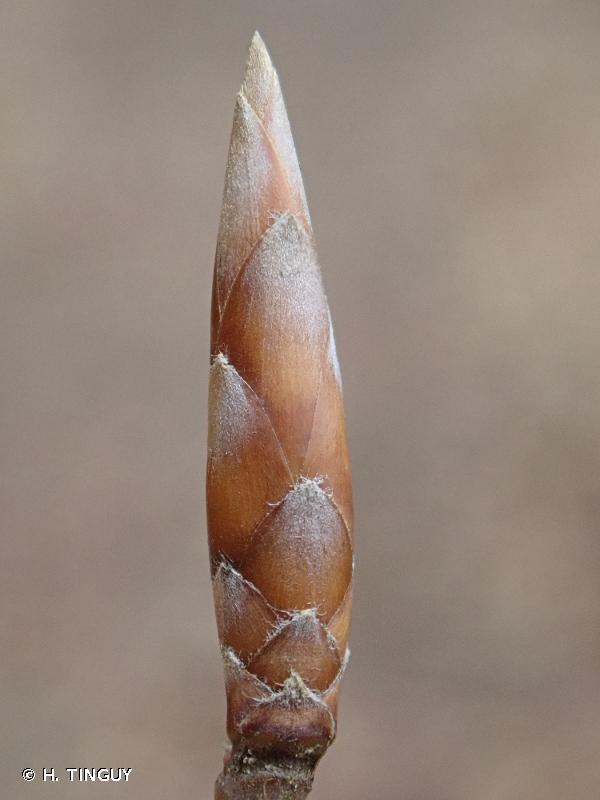
| Author : H. TINGUY |
 |
To get the picture, please visit:
Hugues Tinguy
email : inpn@mnhn.fr
Despite the Creative Commons license, please inform the author of the use which will be made of his photo
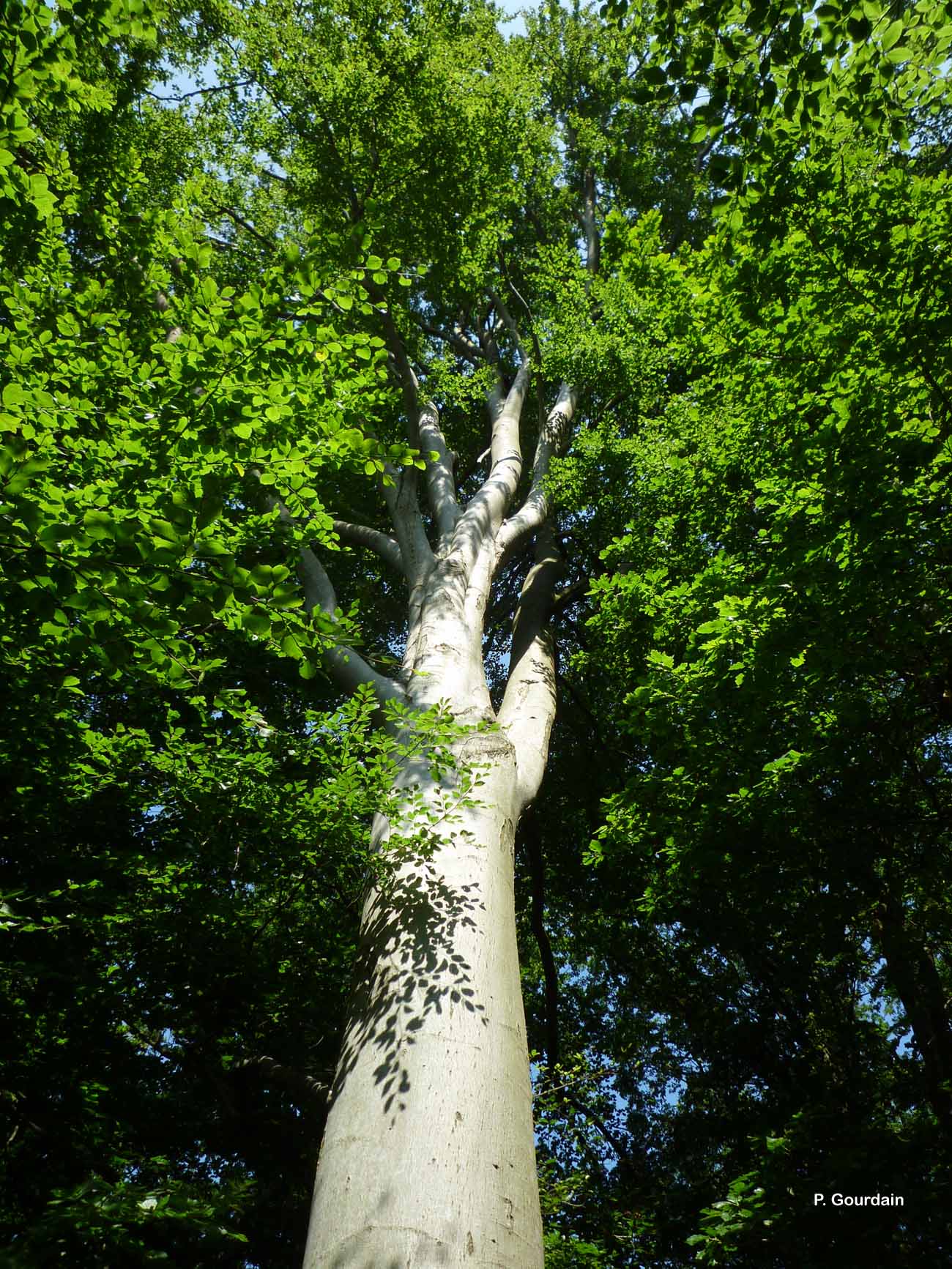
| Author : P. Gourdain |
 |
To get the picture, please visit:
Philippe GOURDAIN
Muséum national d'Histoire naturelle - Service du Patrimoine Naturel
36 rue Geoffroy Saint-Hilaire
CP 41
75 231 PARIS CEDEX 05
e-mail : inpn@mnhn.fr
Legend: Villeneuve-sur-Verberie
Despite the Creative Commons license, please inform the author of the use which will be made of his photo
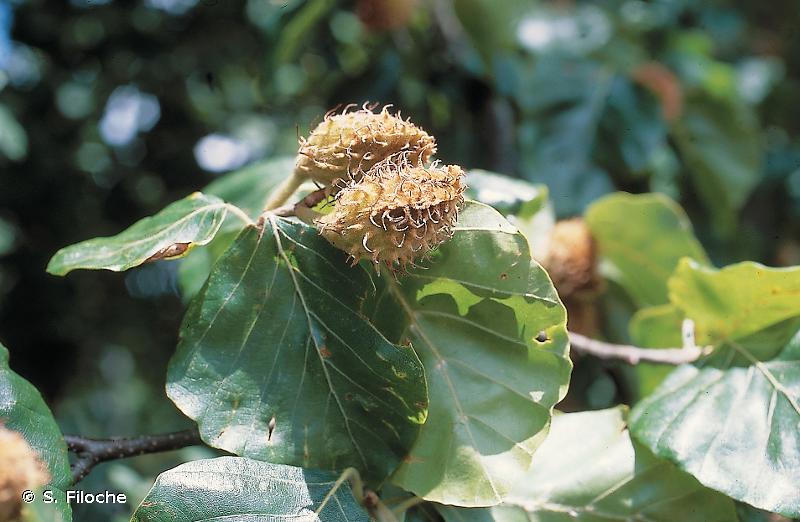
| Author : S. Filoche |
 |
To get the picture, please visit:
Sébastien Filoche,
CBNBP/MNHN
61, rue Buffon - 75005 Paris
email : inpn@mnhn.fr
Despite the Creative Commons license, please inform the author of the use which will be made of his photo
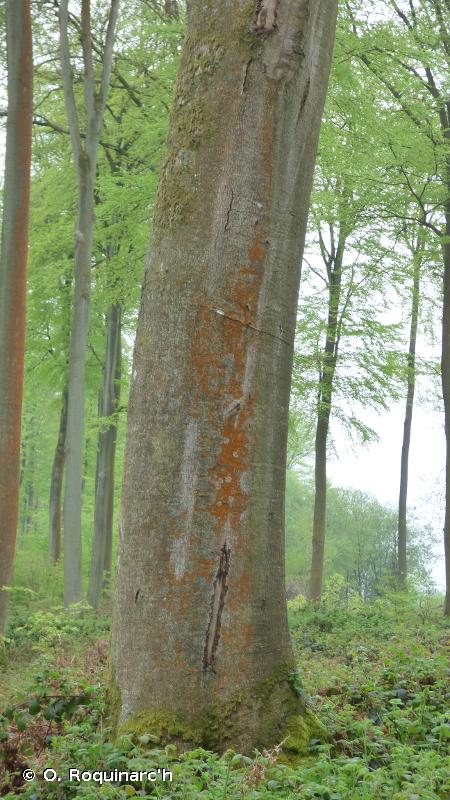
| Author : O. Roquinarc'h |
 |
To get the picture, please visit:
Océane ROQUINARC'H,
Muséum national d'Histoire naturelle,
Service du Patrimoine Naturel,
4 Avenue du Petit Château,
91800 BRUNOY
mail : inpn@mnhn.fr
Despite the Creative Commons license, please inform the author of the use which will be made of his photo
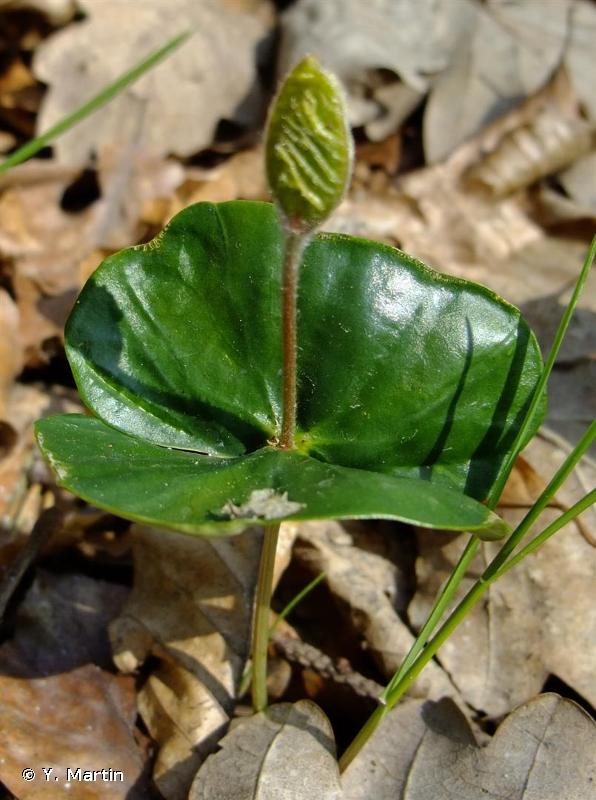
| Author : Y. Martin |
 |
To get the picture, please visit:
Yoan MARTIN
email : martin.yoan95@gmail.com
Despite the Creative Commons license, please inform the author of the use which will be made of his photo
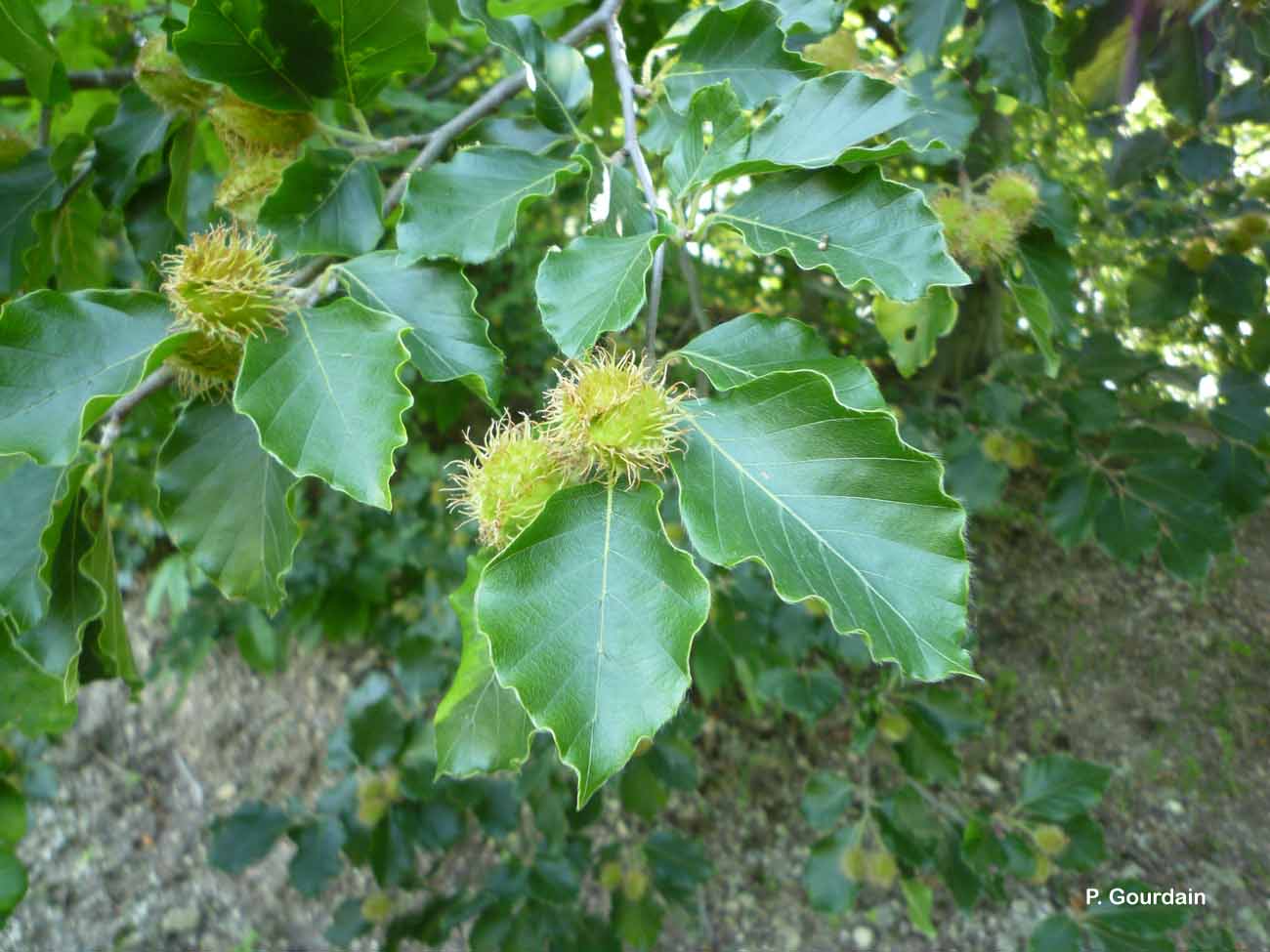
| Author : P. Gourdain |
 |
To get the picture, please visit:
Philippe GOURDAIN
Muséum national d'Histoire naturelle - Service du Patrimoine Naturel
36 rue Geoffroy Saint-Hilaire
CP 41
75 231 PARIS CEDEX 05
e-mail : inpn@mnhn.fr
Legend: Villeneuve-sur-Verberie
Despite the Creative Commons license, please inform the author of the use which will be made of his photo
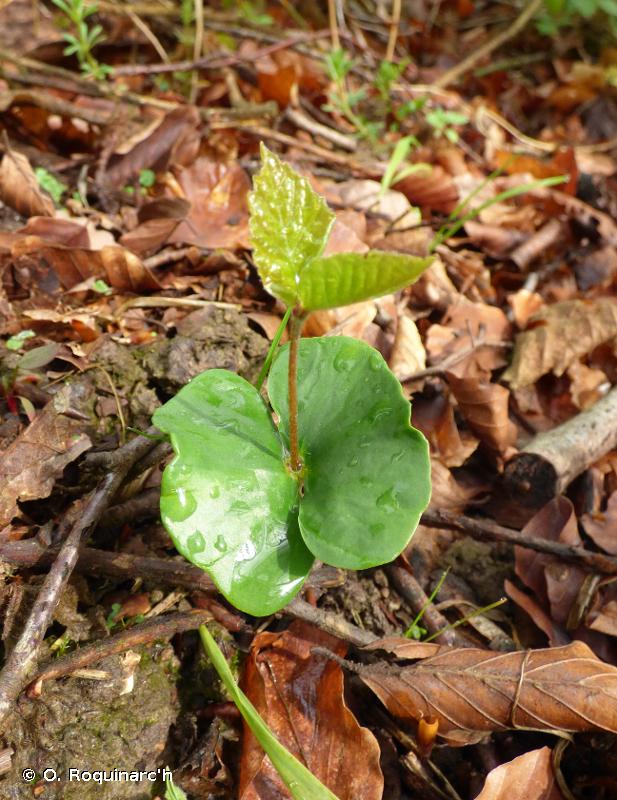
| Author : O. Roquinarc'h |
 |
To get the picture, please visit:
Océane ROQUINARC'H,
Muséum national d'Histoire naturelle,
Service du Patrimoine Naturel,
4 Avenue du Petit Château,
91800 BRUNOY
mail : inpn@mnhn.fr
Despite the Creative Commons license, please inform the author of the use which will be made of his photo
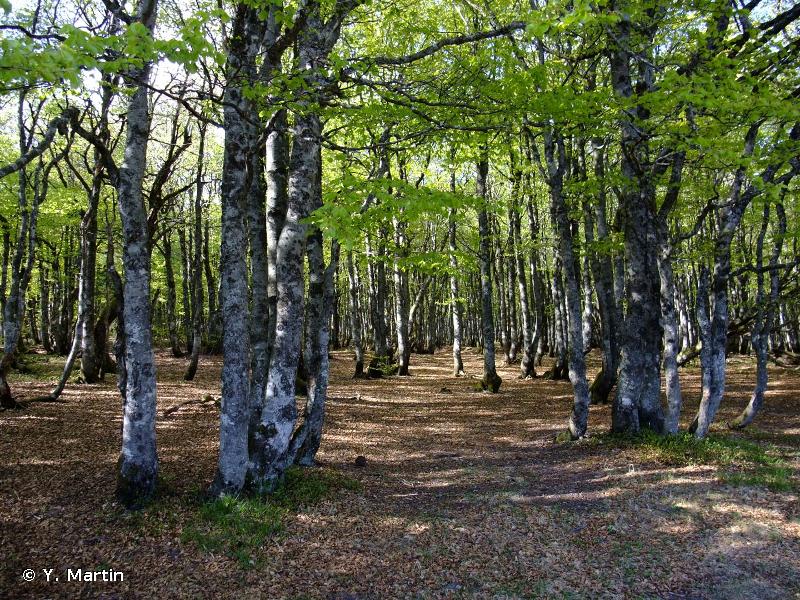
| Author : Y. Martin |
 |
To get the picture, please visit:
Yoan MARTIN
email : martin.yoan95@gmail.com
Despite the Creative Commons license, please inform the author of the use which will be made of his photo
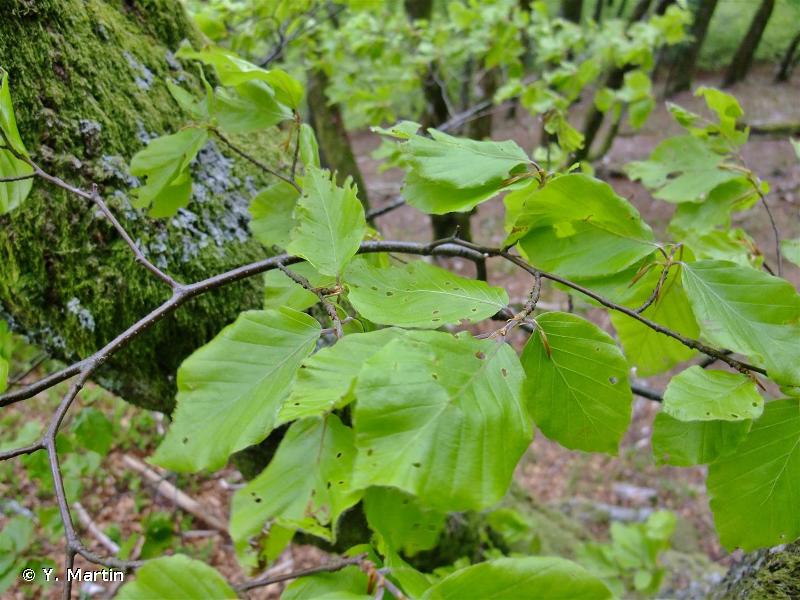
| Author : Y. Martin |
 |
To get the picture, please visit:
Yoan MARTIN
email : martin.yoan95@gmail.com
Despite the Creative Commons license, please inform the author of the use which will be made of his photo
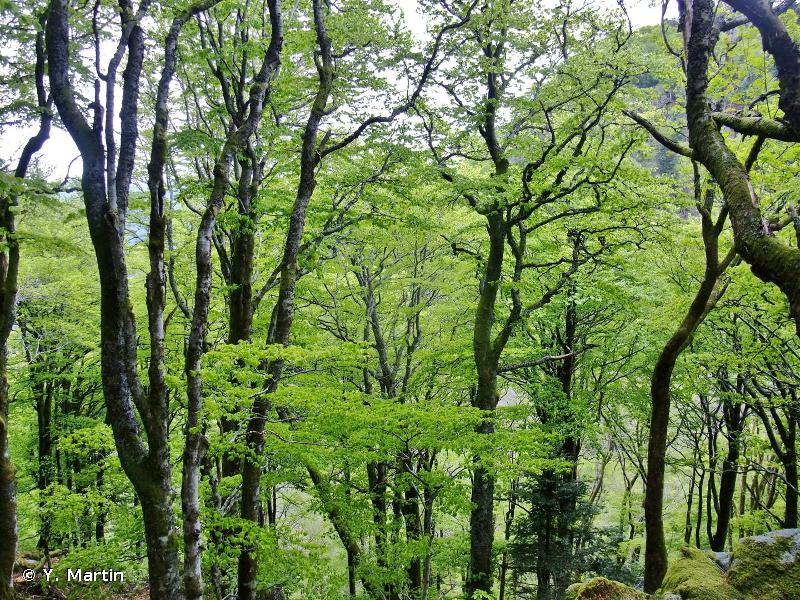
| Author : Y. Martin |
 |
To get the picture, please visit:
Yoan MARTIN
email : martin.yoan95@gmail.com
Despite the Creative Commons license, please inform the author of the use which will be made of his photo
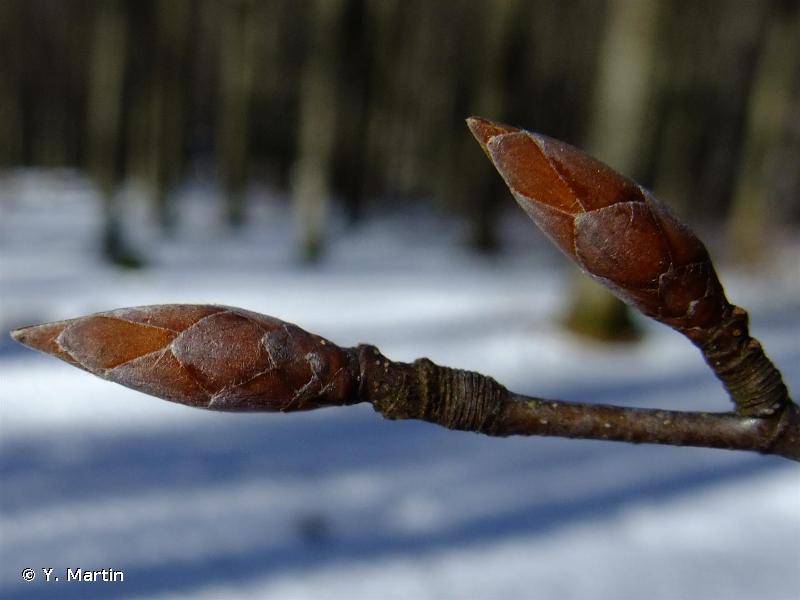
| Author : Y. Martin |
 |
To get the picture, please visit:
Yoan MARTIN
email : martin.yoan95@gmail.com
Despite the Creative Commons license, please inform the author of the use which will be made of his photo
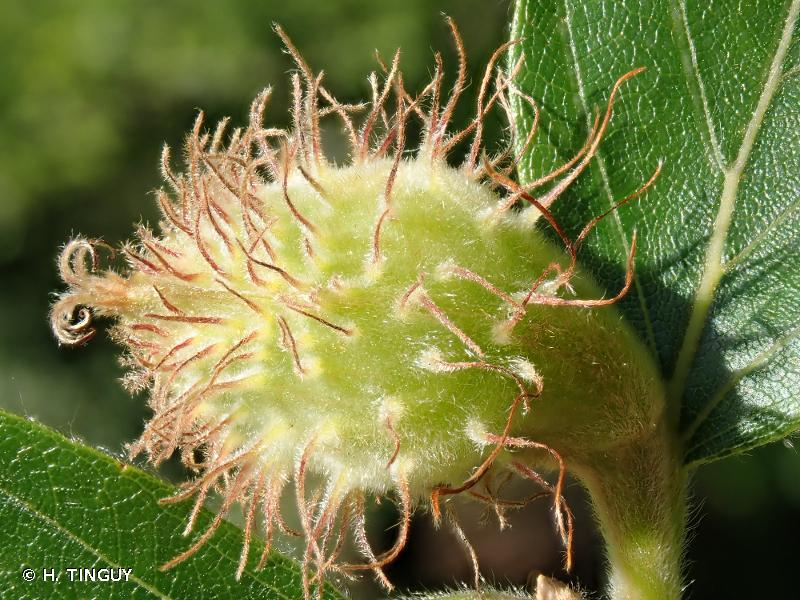
| Author : H. TINGUY |
 |
To get the picture, please visit:
Hugues Tinguy
email : inpn@mnhn.fr
Despite the Creative Commons license, please inform the author of the use which will be made of his photo
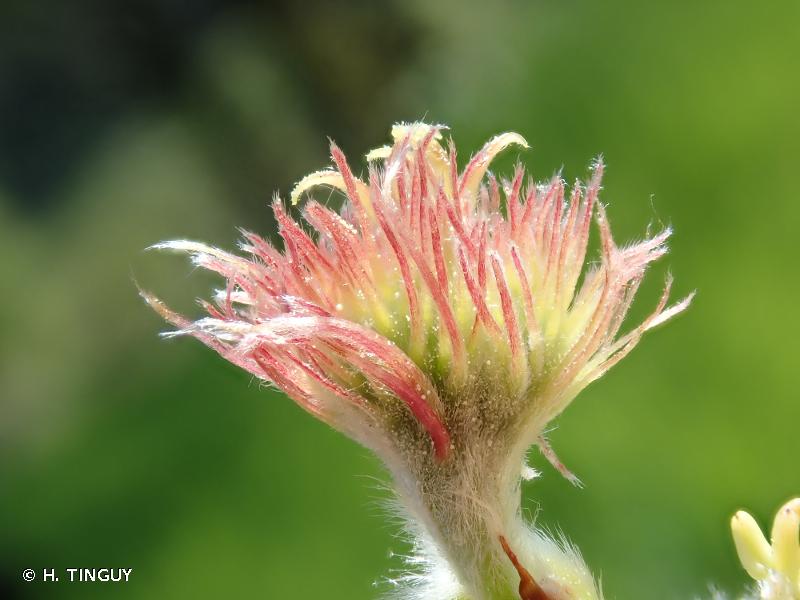
| Author : H. TINGUY |
 |
To get the picture, please visit:
Hugues Tinguy
email : inpn@mnhn.fr
Despite the Creative Commons license, please inform the author of the use which will be made of his photo
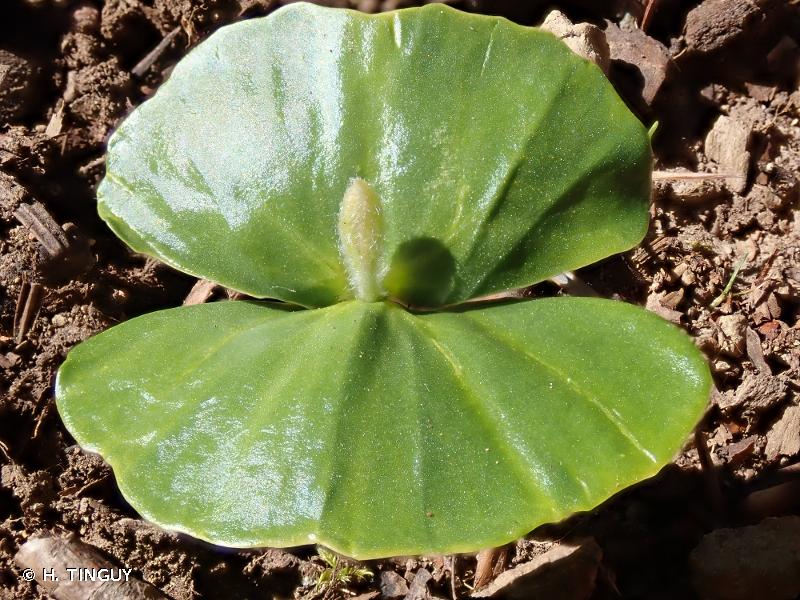
| Author : H. TINGUY |
 |
To get the picture, please visit:
Hugues Tinguy
email : inpn@mnhn.fr
Despite the Creative Commons license, please inform the author of the use which will be made of his photo
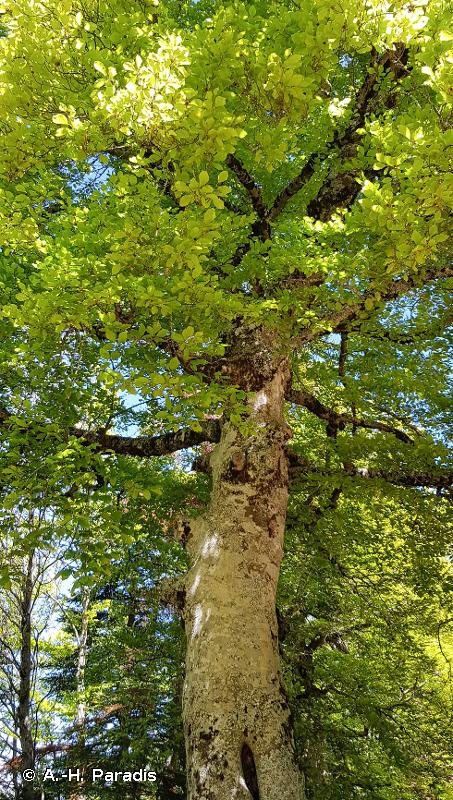
| Author : A.-H. Paradis |
 |
To get the picture, please visit:
Anne-Hélène Paradis
Missouri Botanical Garden, Africa & Madagascar Department
Muséum national d’Histoire naturelle, ISYEB
57 rue Cuvier
CP 39
75005Paris
paradis.ah@gmail.com
Despite the Creative Commons license, please inform the author of the use which will be made of his photo
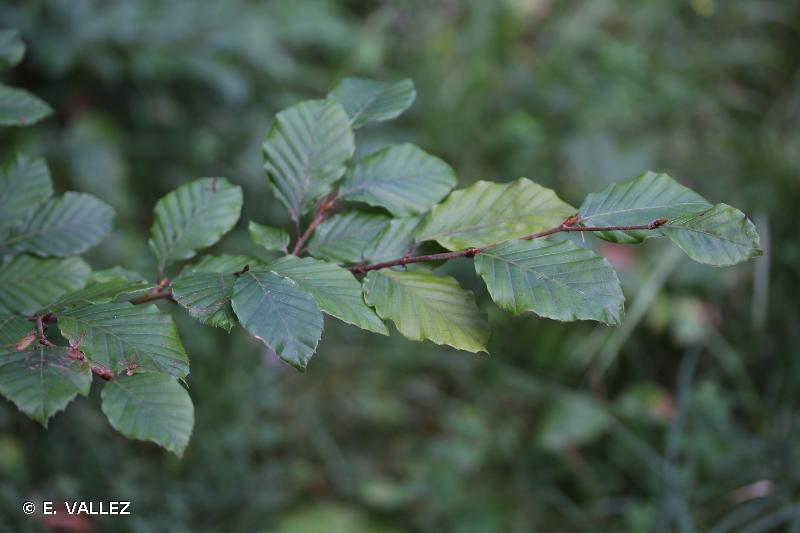
| Author : E. VALLEZ |
 |
To get the picture, please visit:
Despite the Creative Commons license, please inform the author of the use which will be made of his photo
Le Hêtre (Fagus sylvatica L.), souvent appelé Fayard dans de nombreuses régions de France, est une espèce de la famille des Fagaceae. C'est l'arbre dominant des forêts sur la presque totalité du territoire français. Il est présent dans tous les départements métropolitains, de façon plus ou moins commune en fonction des conditions climatiques locales, car le Hêtre affectionne la fraîcheur et l'humidité et pousse très mal dans les zones arides. De ce fait, il sera très commun dans les régions montagneuses et froides et disparaît graduellement au fur et à mesure que l'on se rapproche des régions méridionales et méditerranéennes, où il se réfugiera sur les versants septentrionaux et les fonds de vallon.
Cet arbre à grande longévité présente des feuilles simples, alternes, caduques, de forme ovale elliptique, à marge poilue. La forme allongée et pointue des bourgeons est très caractéristique. Cette espèce est dicline monoïque : chaque individu porte des fleurs mâles et des fleurs femelles, mais à des endroits différents de sa ramure. Les fleurs mâles sont regroupées en grappes très contractées globuleuses et pendantes (chatons) et présentent un périanthe quasi-nul, avec une douzaine d'étamines à longs filets. La pollinisation est anémophile. Les fleurs femelles sont regroupées par 2 à 3, dans une structure involucrale à 4 divisions appelée faîne (ou faine). Elles ont également un périanthe très modifié quasi-inexistant. La structure de leur gynécée est complexe : il est tricarpallaire gamocarpique, mais des phénomènes d'avortement naturel sont souvent observables. Le fruit est un akène, très apprécié des oiseaux et des micromammifères qui s'en nourrissent.
Cette espèce est ombrophile, cryophile et mésophile. Elle est très fréquente partout en montagne jusqu'à une altitude atteignant 1 500 à 1 800 m, selon les massifs. En plaine et dans la moitié sud, elle se cantonnera aux versants nord, où elle retrouve les conditions de fraîcheur et d'humidité qu'elle affectionne.
Les faînes sont comestibles, bien que de goût médiocre. Lors des grandes disettes, on en faisait une farine qui se substituait à celle des céréales traditionnelles. Cependant, une trop grande consommation de faînes provoque des symptômes nauséeux et des troubles digestifs sévères, bien que rarement mortels.
Le Hêtre est souvent confondu avec le Charme (Carpinus betulus L.), lui aussi très commun dans nos forêts métropolitaines. Les différencier est très aisé : si le hêtre possède des feuilles à marge non dentée et poilue, le Charme présente des feuilles à marge doublement dentée non poilue.
Référence bibliographique principale : COSTE H. – 1900-1906. Flore descriptive et illustrée de la France, de la Corse et des contrées limitrophes. Tome III. Paul-Klincksieck, Paris. Réédition en 1998 par la Librairie scientifique et technique Albert Blanchard, Paris : 807 pp.
Olivier Escuder(UMS 2006 Patrimoine Naturel (AFB / CNRS / MNHN)),2013
Continental
Metropolitan France
Overseas
Marine
Metropolitan France
Overseas
The map presents a summary at the 10 x 10 km grid of the observation data for the species transmitted to the SINP. These data have been subjected to validation filters.
The map presents a reference distribution layer of the species at the scale of departments and marine sectors. The presence and absence data were established by expertise within a network of partners. This reference distribution is used in the validation process of the SINP data at the INPN level.
Corresponds to a report on the basis of at least one observation proved within a period of 10 years (20 years for little-known invertebrates) preceding the year and no presumption of extinction since obtaining the last data nor doubt on reproductive and implemented nature of this population. For migratory species, the presence indicated concerns areas of reproduction.
This status is based on one or more of the following criteria:
This point covers the absence, more difficult by nature to demonstrate than presence. This status is based on one or more of the following criteria:
This status must be assigned to a department in which the presence of the species is casual.
Particular case of absence due to a proven extinction less than a half century ago (older disappearances are treated as "no probable or definite").
In the state of knowledge, we can not comment on the presence or absence in the current department. This is the default status when not comprised in one of the previous categories or whenever there is doubt.
The map shows the global distribution of the species based on GBIF data (Global Biodiversity Information Facility).
